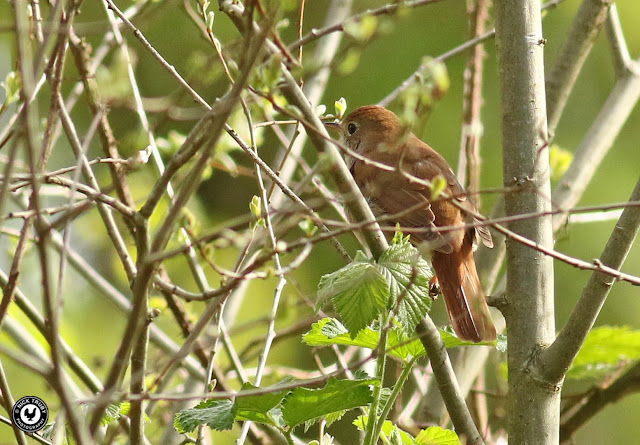Weekends these days always seem to be accompanied by inclement weather! But at least its only us that get irritated by it. The birds just carry on with their lives and do what birds must do. It's not pleasant birding in wind and rain and the photography is more difficult but quite often surprises occur when the elements are at their worst. Saturday morning was frankly, quite horrible with persistent light rain and drizzle and with a very cold wind blowing. So the only place to be then was that most windswept, bleak and unforgiving place, Farmoor reservoir!
Having parked up and (not) enjoyed watching the dreich (love that Scottish word) waft over the windscreen, we togged up and made our way up to the reservoir. The sight that greeted us was astounding. There were literally thousands upon thousands of swifts, swallows, house and sand martins all feeding low over the water. They carpeted both basins and resembled the swarm of flies that so annoyed us a few weeks back. The mass of birds were obviously newly arrived and answered the question as to where all the swallows and swifts were this year since most of them were here! Or so it seemed. My best estimate would be over 3000 swallows, 2500 house martins and 2500 sand martins with maybe as many as a 1000 swifts. But to be honest it was impossible to count them and that may be a crazy overestimation! The birds were literally everywhere you looked. I have never seen so many in one place! I just wish I could have got a wide angle photo to document the scene but the 400mm prime just doesn't do it justice.
As we walked along the causeway many birds and particularly the swifts were tearing up and down in pursuit of nourishment. I've no idea what they were catching in such cold conditions since I couldn't see any flies of any description. Often there would be a whoosh of air as a swift passed just inches away from your head! One swift managed to navigate right between myself and Mrs Caley and we were only a couple of feet apart! In teenager speak; it was a totally awesome experience. I set about trying to capture some of the swifts but it was very tricky to say the least not being helped by the rain and poor light.
 |
| swifts (by name and by nature!) |
Swallows and martins were somewhat easier to track and observe since they fly much more slowly compared to the swifts but despite much searching I couldn't find any of the much coveted red-rumped swallows or anything out of the ordinary.
 |
| swallows |
 |
| house martin |
 |
| dunlin |
 |
| grasshopper warbler |
 |
| great skuas (in the mist) |
 |
| skuas (at rest on F2) |
 |
| bonxies away! |
 |
| tired swallows (thanks to Jim for use of photo) |
 |
| swifts |
 |
| house martin |
 |
| sand martin and swallows |
 |
| swift (with eye on the fly!) |
 |
| swallows |
 |
| dunlin "schinzii" |
 |
| dunlin "schinzii" front, "alpina" behind |
 |
| dunlin "alpina" |
 |
| common sandpiper |
 |
| common tern |
 |
| oystercatcher |
 |
| yellow wagtails |
 |
| mallard & ducklings |































